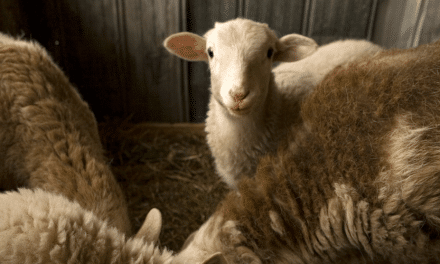Book Review by Michelle Li Sze Cheng
Dr. Sohini Mahaptra dedicates her book Nonhuman Animals and the Law to “all of the wonderful animals around us – companions, strays and the wild, whose contribution in our lives goes unacknowledged.” Reading this dedication promised me that this book would be an enjoyable and memorable journey, and it was.
In this book, Mahapatra intends to address the grey areas of animal law protection within the Indian legal discourse. She discusses how ‘societal perspective, value and status that people accord to animals’ play a role in shaping the domestic animal law India has today. She also looks into which approaches – of welfarist, abolitionist, and ecocentric – the judiciary is inclined towards by evaluating their judgment on cases, e.g. in Narayan Dutt Bhatt v. Union of India and Ors. In this case, a petition sought to restrict movement of horse carts across the Indo-Nepal border after citing various violations under several types of laws. The petitioner aimed to have the court confer personhood upon all animals, and the court held that given the three types of legal persons – natural, legal, artificial – animals can be granted legal personhood.
Mahapatra remarkably conveys her personal outlook towards the current legislation with in-depth analysis. She compliments how international bodies like World Trade Organisation (WTO) and World Organisation for Animal Health (OIE), which have prime objectives in trades and animal health respectively, are willing to take on the role of advancing animal welfare. At the same time, she criticizes the implications of having such bodies representing animal welfare instead of having a legitimate organisation with its prime focus on the issue. She stresses to the reader the need for universal animal welfare legislation to ensure the protection and dignity of animals at an international level.
Mahapatra criticises Indian law for its silence on using animals as tools for research, noting problems with the Prevention of Cruelty to Animals Act 1960 (PCA Act). She points to other countries and universities that restrict the use of animals for research and educational purposes or practising surgery. Later in the book, Mahapatra urges a reform of the PCA Act, as the current act is enacted in favour of those who exploit animals. She further illustrates the impact of having ‘multiplicity of laws’ and condemns the fact that animal rights is still negotiable in India.
India is well known to be a religious country, and Mahapatra explores the reasons why legislature and the judiciary might succumb to public appeasement in matters where religion might sway opinions. She also discusses why religious beliefs may cause members of the public to choose to violate laws. Mahapatra phrases the situation in India as ‘a constant battle against an entire breed of mindset that is difficult to penetrate’.
Throughout the book, Dr. Mahapatra makes a comparative study of the approaches of India and other countries. She also evaluates animal law jurisprudence and international law at considerable length. As such, readers from any country interested in animal welfare and law would benefit from this book. It gives a comprehensive understanding of the issue internationally, not just domestically in India.
The issues and arguments Mahapatra covers is expansive, beyond what’s included in this review. She writes in a clear and concise manner, with language and structure that will assist in understanding, thus making the book suitable readers of all levels to read, although the complex legal theories will be easier for legal scholars to understand. However, considering jurisprudence requires advanced comprehension skills, Mahapatra overall has done a great job in conveying her thoughts. She leaves the reader convinced that to promote the interests and dignity of both humans and animals and to protect from unnecessary harm, a combination of jurisprudence is required in India.


















